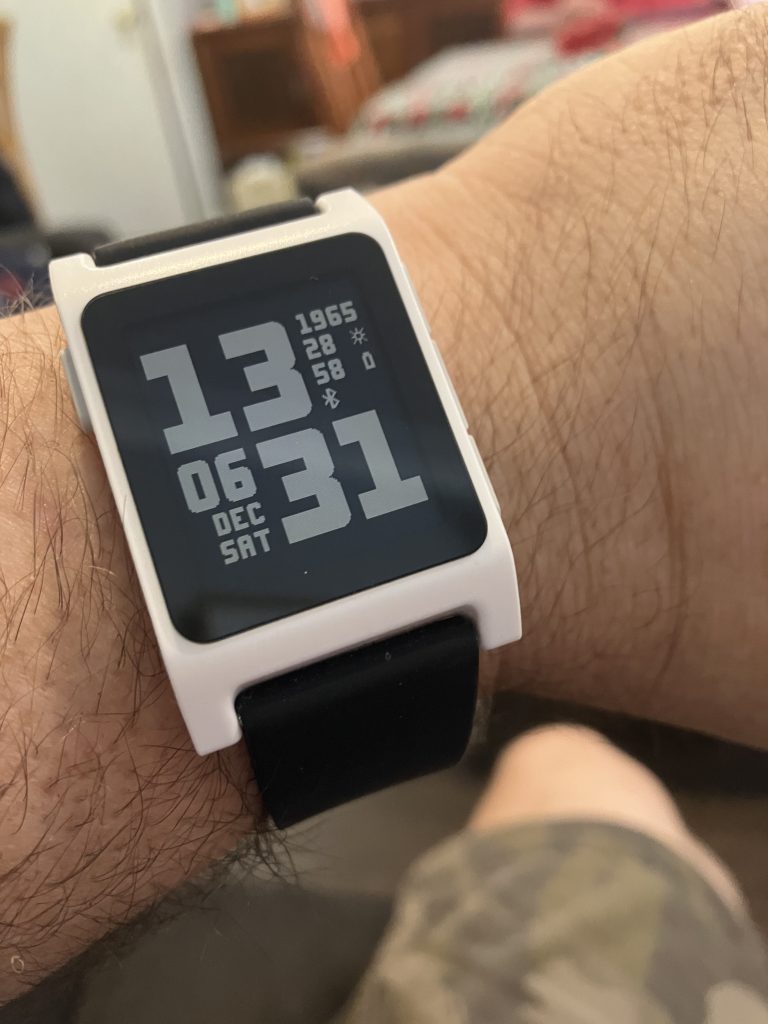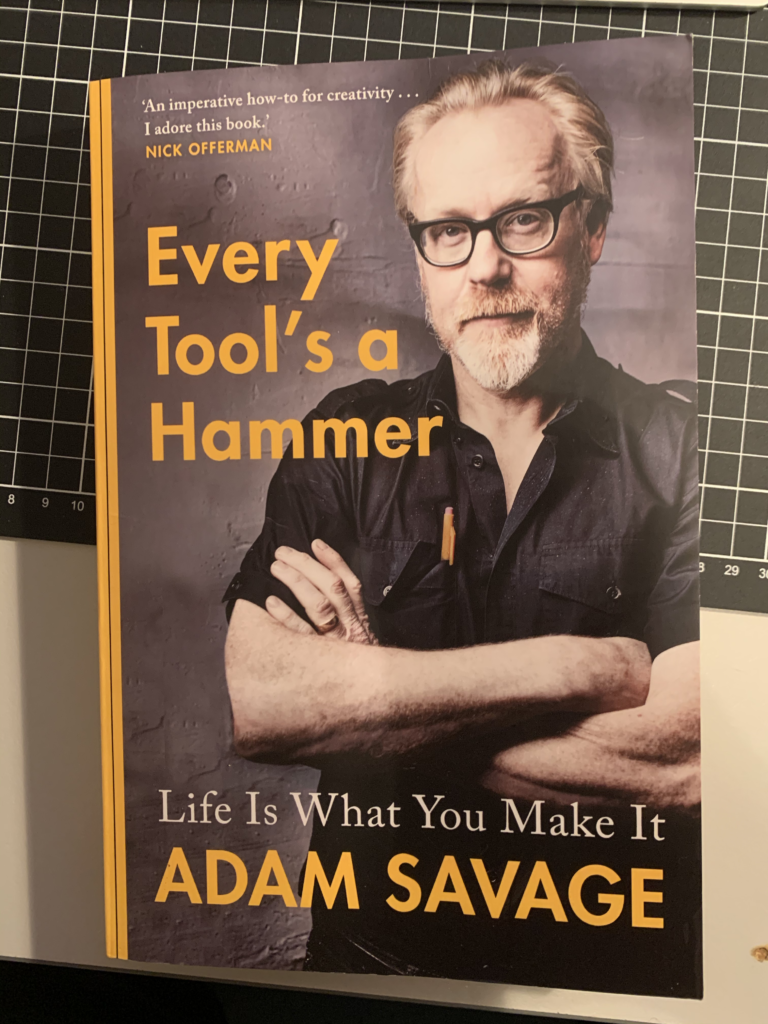It arrived and I’m stoked. Loving the battery life and the simplicity.

Pebble 2 Duo (white) with generic black strap. Watchface is BlockFace by TomHol.
This is awesome. I have a White Pebble 2 Duo on the way.
I had great difficulty getting my Arduino Opta set up and working using the Arduino PLC IDE – whatever I tried I got the “Cannot download Sketch file (error code: 1)” error.
I finally had success using the plain Arduino IDE to do the initialization and then switching to the Arduino PLC IDE. The final step was changing the Modbus address to 247.
It probably shouldn’t be that tricky….
I ordered an Arduino Opta (RS485 version) and it has arrived – stay tuned for upcoming posts!
In the meantime, I’ve updated my initial review as it has been confirmed that the digital inputs support 24VDC. Programming support for IEC 61131-3 PLC languages has also been clarified (no MacOS support sadly).
| Pros | Cons | Unknowns |
|---|---|---|
| Partnership with Finder | ||
| DIN rail mount | Analogue inputs use 0-10VDC, not “standard” 4-20mA | Can programming be done over Ethernet? |
| IEC 61131-3 PLC language support | I/O expansion options? (What does the “AUX” port do?) | |
| Digital inputs support 24VDC (see here) | ||
| Beefy relay outputs with dedicated commons | ||
| Modbus-TCP and Modbus-RTU support | ||
| Input power supply is 12-24VDC | ||
| IP20 | ||
| -20 °C to +50 °C temperature operating range |
Arduino have announced a new micro PLC, the Opta, and while some details are unclear, it seems like a pretty neat product. Here are my initial thoughts:
| Pros | Cons | Unknowns |
|---|---|---|
| Partnership with Finder | Digital I/O uses 0-10VDC, not “standard” 24VDC | How will programming support for IEC 61131-3 PLC languages work? Via existing IDE? |
| DIN rail mount | Analogue inputs use 0-10VDC, not “standard” 4-20mA | Can programming be done over Ethernet? |
| IEC 61131-3 PLC language support | I/O expansion options? | |
| Beefy relay outputs with dedicated commons | ||
| Modbus-TCP and Modbus-RTU support | ||
| Input power supply is 12-24VDC | ||
| IP20 | ||
| -20 °C to +50 °C temperature operating range |
I’m hoping to buy one.

I have just finished reading Adam Savage’s book “Every Tool’s a Hammer” (ISBN 9781471186004). It was a thoroughly entertaining and informative read and I highly recommend it.
The section on lists particularly resonated with me. I use a similar system at work: an empty box indicates a yet to be started task, a box with a line through it a task that has been started in some form and a filled in box indicates a completed task.
However my favourite part was a new word I learned – ferroequinologist!
For a while I’ve been tinkering around with a simple project – an Arduino-based temperature (and humidity) monitor that outputs a webpage on my home LAN. The Arduino I used was the Freetronics EtherTen, a quality product.

Check out the code at https://github.com/gjhmac/TempMonHTTP.